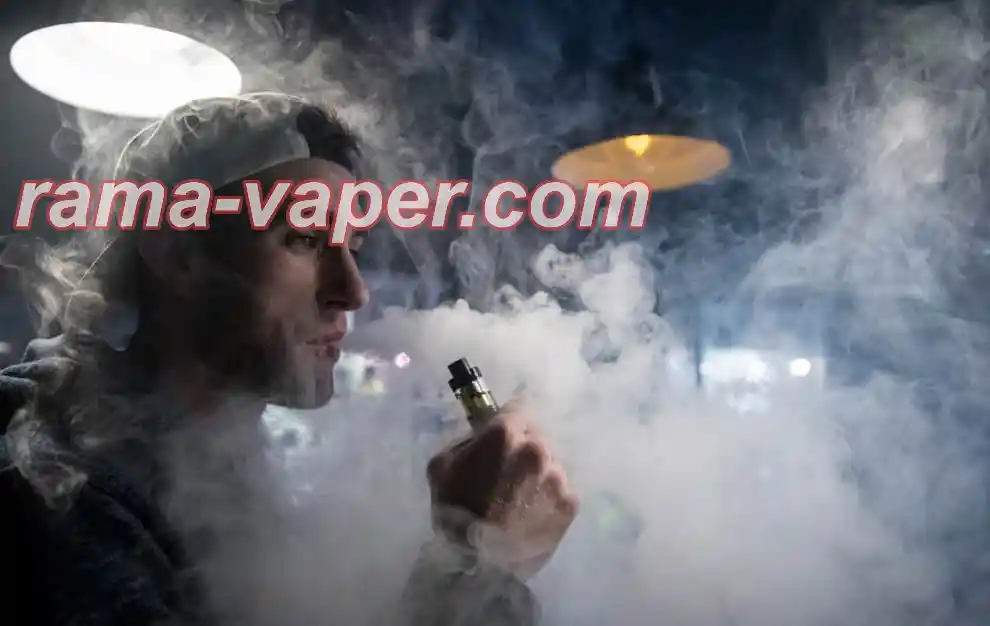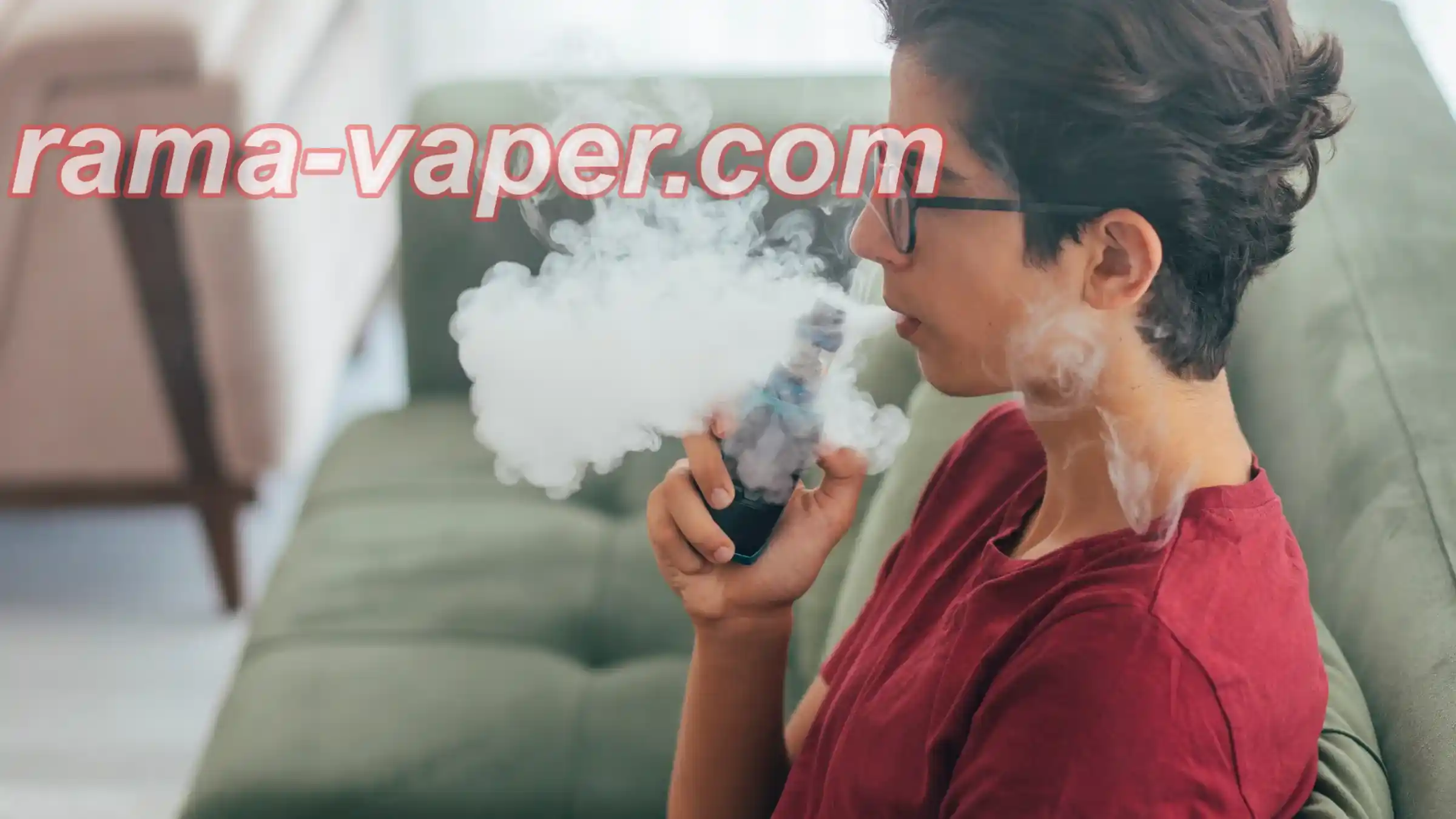2025 Global Vape Regulations:Major Changes Ahead
The vape industry is undergoing some significant changes, especially with an eye on regulatory updates in 2025. With the growing popularity of vaping, especially in the disposable vape sector, governments around the world are stepping up their efforts to manage and regulate this booming market. The latest moves to control disposable vape sales in Europe, the U.S., and other parts of the globe are a clear indication that the industry is entering a new phase.
Europe’s Stronger Regulations on Disposable Vapes
Let’s start with Europe. As of 2025, disposable vapes are set to become the primary target for regulatory changes in the region. The UK is at the forefront of this push, with the government announcing a full ban on single-use vapes starting June 1, 2025. This new law will prohibit both the sale and distribution of all disposable vapes, with severe penalties for any violations. The legislation is set to impact England, Scotland, Wales, and Northern Ireland, with a joint effort between all parts of the UK. Offenders could face up to two years in prison or hefty fines if they fail to comply with the new rules.
But the UK isn’t the only country in Europe to take action. Belgium has already passed a ban on disposable vapes, effective January 1, 2025. With this decision, Belgium will become the first EU country to completely halt the sale of disposable vapes. This move, approved by the European Commission, was announced by Belgium’s Health Minister Frank Vandenbroucke, signaling a big shift in the EU’s approach to vape regulation.
Italy is also getting in on the action, taking steps to curb online sales of nicotine-containing vape products starting January 2025. From that point on, consumers will only be able to purchase vapes from retail or tobacco shops in person. Additionally, the new law prohibits online sales of any nicotine-based products, though nicotine-free vapes will still be available online. Violations of these rules could result in fines ranging from €30,000 to €150,000, depending on the severity of the infraction.
Global Policies and Regulations
Beyond Europe, other parts of the world are also tightening their regulations. For example, the Philippines will implement a major cleanup of the vape market starting January 5, 2025. Only vape products that are certified with the required PS (Product Standard) or ICC (Import Commodity Clearance) labels will be allowed for sale. This will affect both nicotine and non-nicotine vape products.
Vietnam is also moving to ban vapes entirely from 2025. This ban, which passed in November 2024, will prohibit the production, sale, import, storage, transportation, and use of vapes in the country. This is a part of a broader move to protect public health and maintain social order. Want to learn more about vapes? rama vape app is your best choice!
Malaysia, too, is stepping up regulation. Starting April 1, 2025, retail displays of cigarettes and vapes will be prohibited, with a few exceptions for specialty stores. Furthermore, starting October 1, 2025, there will be strict rules for vape product packaging and labeling, ensuring that all products sold in Malaysia comply with new standards.
Other Key Regulatory Moves
Other countries, like Kyrgyzstan and Uzbekistan, will also implement strict bans on vapes starting in 2025. In Kyrgyzstan, this law passed in October 2024 and will prohibit the import, circulation, and use of vapes in the country. Similarly, Uzbekistan will enforce new regulations limiting vape liquid volumes, ingredients, and packaging starting January 2025. The law will also mandate warning labels and restrict certain substances in vape liquids.
Meanwhile, Latvia will ban flavored vapes other than tobacco starting January 1, 2025. This move is part of a broader trend to curb the appeal of flavored vapes, particularly among younger users. Additionally, Latvia plans to raise the legal smoking age from 18 to 20.
The Path Forward: Navigating Tightening Regulations
As the regulations around disposable vapes continue to tighten, the industry will need to adjust. These changes present both challenges and opportunities. On the one hand, manufacturers will need to adapt by creating more compliant and innovative products. The need for quality control will become even more crucial as brands strive to meet the new, more stringent requirements.
However, these regulatory updates could ultimately be a good thing for the industry in the long term. By encouraging manufacturers to focus on quality and compliance, we may see a shift away from chaotic, unregulated expansion and towards a more mature, sustainable market. This transition will likely lead to more healthy competition based on technology, branding, and customer service, rather than a race to the bottom in terms of price and accessibility.
The future of vaping lies in adhering to these regulations while still offering innovative products that cater to consumer preferences. As governments implement stronger oversight, the vape market will move toward a more regulated, sustainable future, ensuring that only companies with the best and most reliable products can thrive.
The U.S. Response: Tackling Illegal Vape Distribution
In the U.S., there is also growing concern over the distribution of illegal vapes, many of which are produced overseas. Arizona Representative Ruben Gallego has been vocal about the need for federal authorities to take action against the illegal sale of disposable vapes, particularly those imported from China. Gallego sent a letter to the FDA and the Department of Justice (DOJ) urging them to form a special task force to tackle the problem of illegal vape distribution in the U.S.
These illegal products are typically distributed by U.S.-based distributors who ignore federal regulations. Gallego argues that it’s time for these companies to face civil fines and other legal consequences for their role in bringing these unsafe products to American consumers.
Innovations and Trends in the Vape Industry
Despite the tightening regulations, the vape industry continues to innovate. Companies are experimenting with new technologies and features to keep their products competitive in the market. For instance, there has been a noticeable shift toward rechargeable vapes with longer-lasting batteries, and more devices now come with built-in screens that allow users to track their usage and adjust settings. Looking for more similar vapes? rama vape bluetooth customizes the perfect experience for you!
The trend of using vapes as a safer alternative to smoking continues to grow, especially among younger people. According to statistics from the UK’s Office for National Statistics, around 5.9% of people aged 16 and above used vapes daily in 2023, which is a slight increase from the previous year. Among young adults, aged 16-24, vaping rates are the highest, with 15.8% reporting regular use. This demographic is particularly drawn to the variety of flavors and customizable options that vapes offer, despite ongoing debates about the health risks of vaping.
Looking Ahead: A Global Shift in the Vape Industry
In conclusion, 2025 is shaping up to be a pivotal year for the vape industry. While these new regulations might seem challenging, they also present an opportunity for growth and development. As countries around the world move to tighten their regulations on disposable vapes and flavored products, the focus will shift towards product innovation and compliance.
The key takeaway? Companies that focus on quality, compliance, and customer experience will be the ones to thrive in this new era of vape regulation. It’s time for the industry to adapt and evolve—and in doing so, it will help shape the future of global tobacco consumption in a healthier, more sustainable way.
